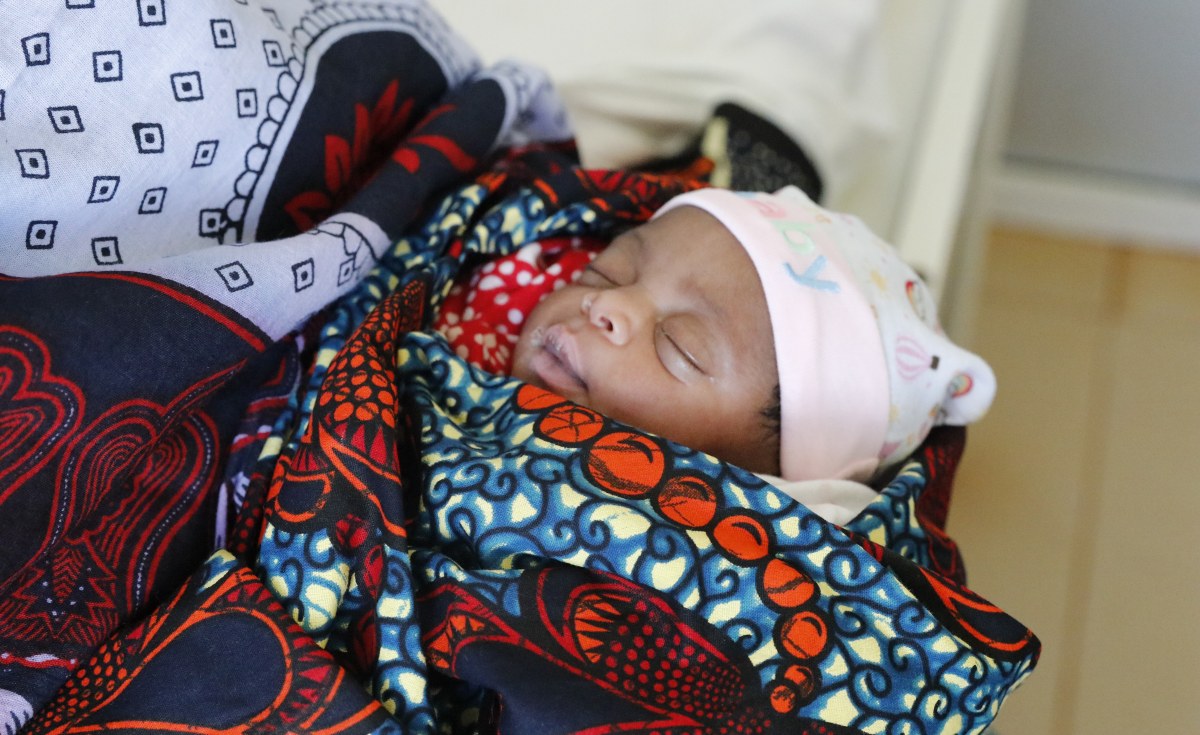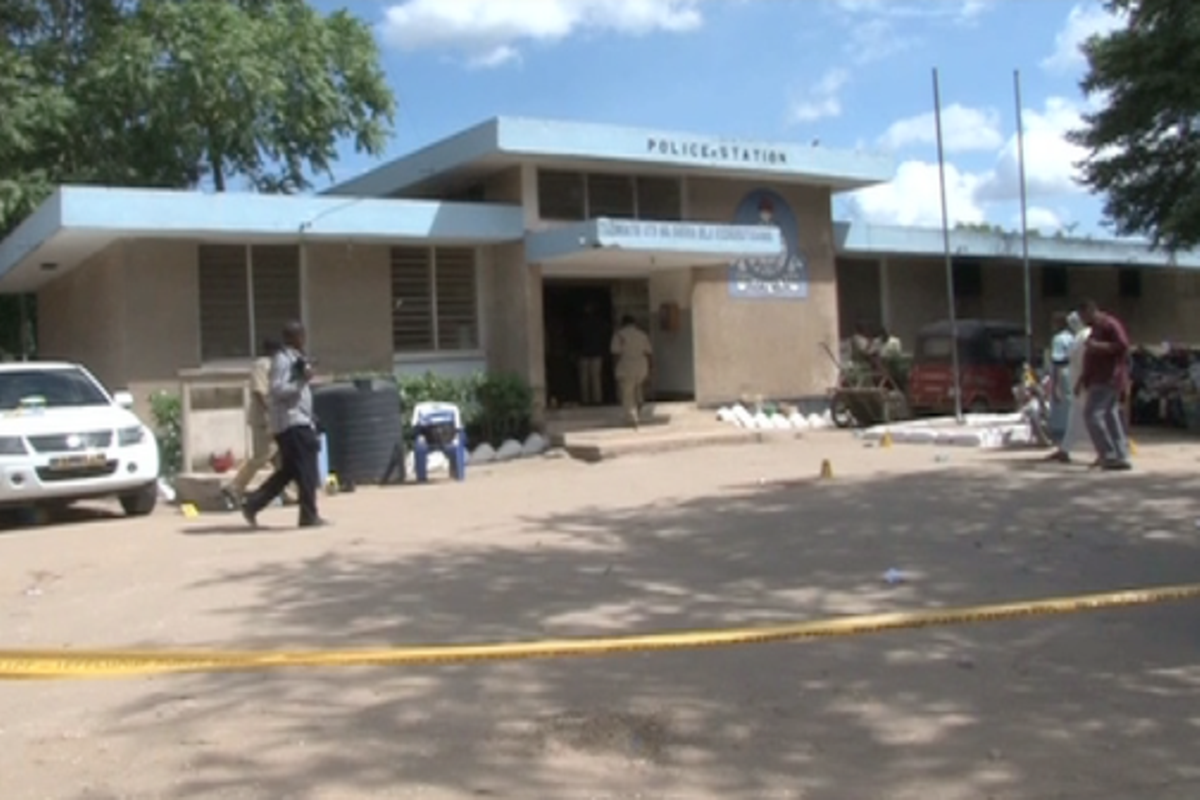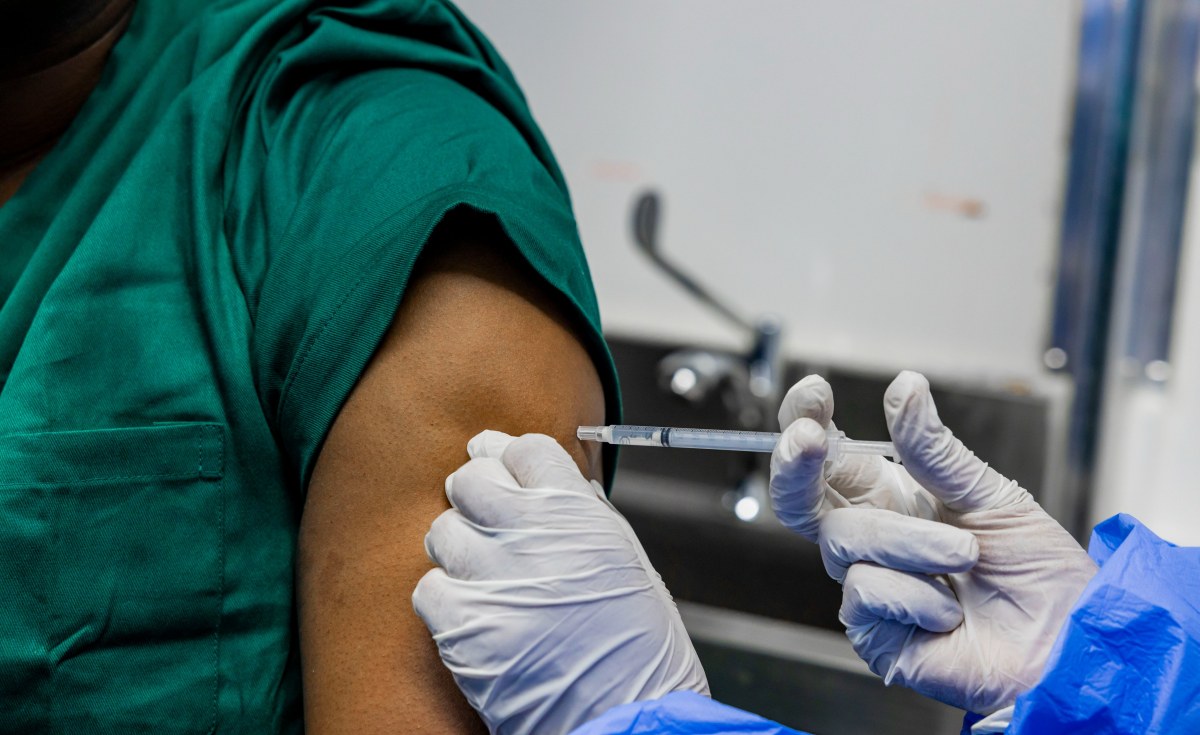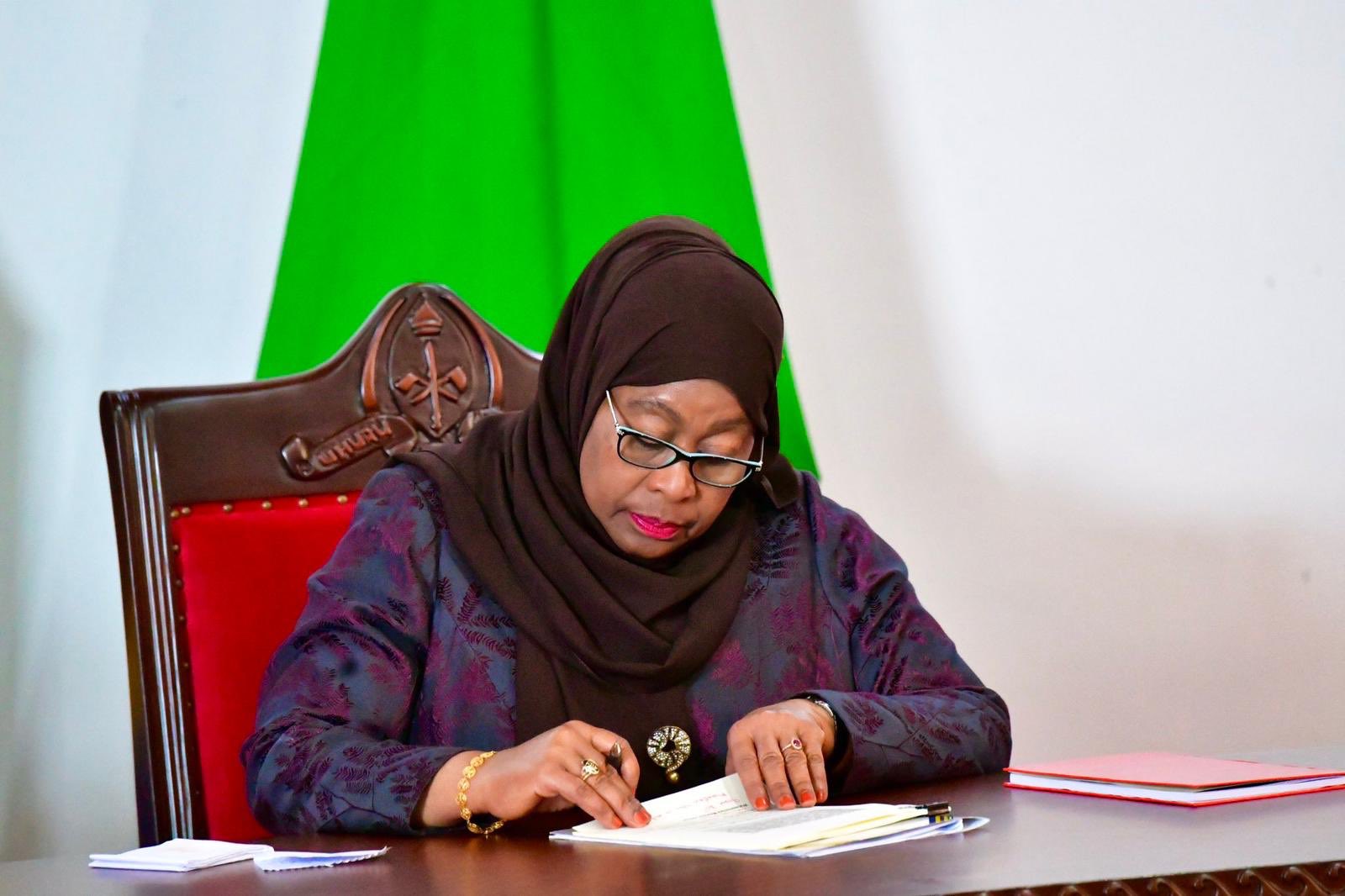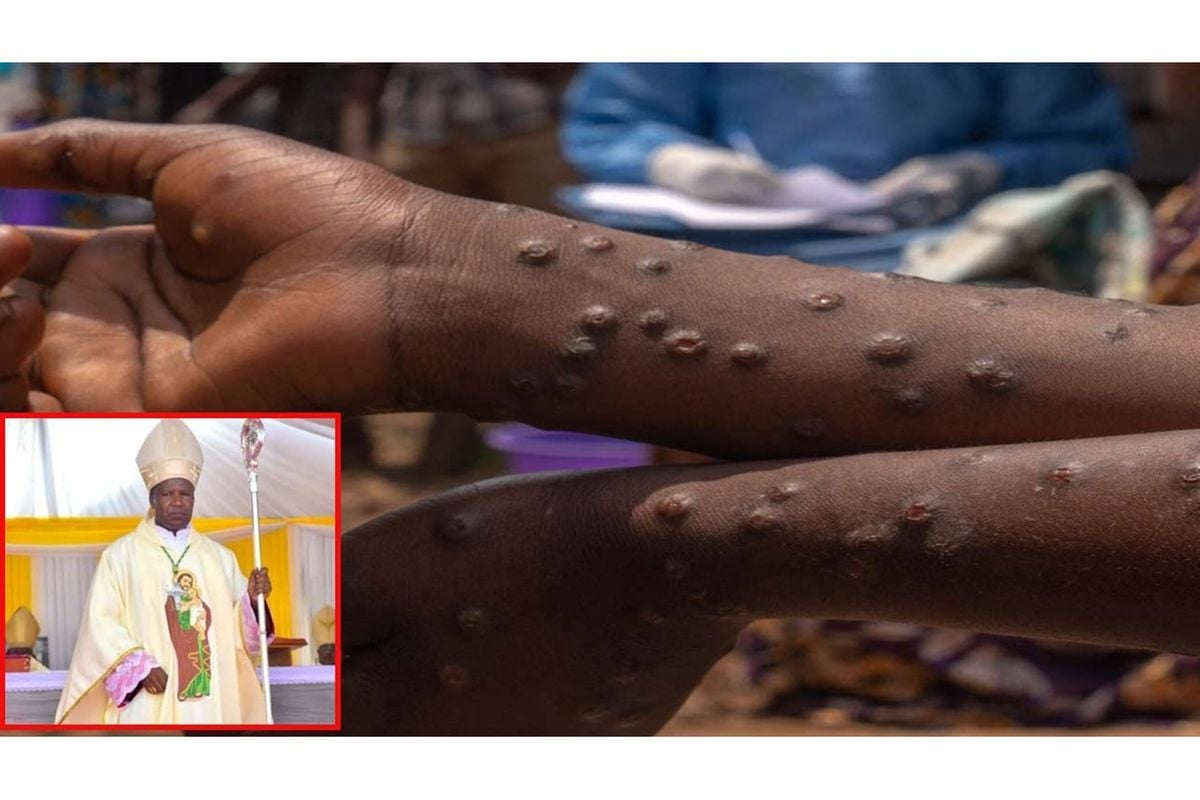Tanzania’s exports of goods and services increased to 11,940 million US dollars during the period to November last year from 9,733 million US dollars in the previous year driven by non-traditional goods exports and services receipts.
Meanwhile, the overall balance of payments was a deficit of 1,940.4 million US dollars compared to a surplus of 1,953.4 million US dollars in the previous year driven by higher payments abroad.
According to the Bank of Tanzania (BoT) monthly economic review for December, the exports of goods increased by 7.5 per cent to 7,241.4 million US dollars with non-traditional exports rising by 5.7 per cent emanating from exports of coal, diamonds, iron and steel, textiles, fish products and fertilisers.
During the period, coal worth 141.6 million US dollars was exported in the period ending November last year, higher than 13.2 million US dollars in the corresponding period in 2021, largely explained by rising demand for an alternative source of energy following the short supply of crude oil and natural gas amid the war in Ukraine.
Most of the coal was destined for neighbouring countries, including Kenya, the Democratic Republic of Congo (DRC), Rwanda and Uganda, and other countries including Poland, Hong Kong, India and Senegal.
Good performance was also recorded in exports of diamonds, which increased to 63.1 million US dollars from 8.4 million US dollars in the year to November 2021. The increase was explained by the resumption of production at Williamson Mines following a period of closure for maintenance.
During the period under review, gold exports which accounted for 46.5 per cent of goods exports also recorded a slight increase to 2,826.3 million US dollars from 2,816.5 million US dollars on account of volume effect.
Regarding traditional goods, exports increased to 760.9 million US dollars from 628.8 million US dollars supported by the rise in exports of cotton, cashew nuts, sisal and tobacco.
While the increase in value of cashew nuts and tobacco was owing to the volume effect of cotton due to a rise in price in the global market. As for sisal, the increase was on account of both volume and price effects.
On monthly basis, traditional exports rose to 126.5 million US dollars from 108.2 million US dollars in November 2021 while non-traditional exports were 488.4 million US dollars broadly unchanged from 486.3 million US dollars in November 2021.
Services receipts amounted to 4,698.6 million US dollars in the year to November higher than 2,997.2 million US dollars in 2021 explained by higher travel and transport receipts.
Travel receipts almost doubled to USD 2,446.8 million from USD 1,250.7 million, consistent with the rise in the number of tourist arrivals by 53.4 per cent to 1,412,060.
On monthly basis, services receipts were USD 414.6 million, higher than USD 327.4 million in November 2021.
According to the BoT monthly economic review for December, the external sector of the economy continued to endure challenges of commodity prices, tight financial conditions, high inflation among trading partners and supply-chain disruptions caused by the resurgence of Covid-19 and war in Ukraine.
The current account balance recorded a deficit of 5,116.1 million US dollars in the period ending November last year wider than 2,185 million US dollars in the preceding year due to high import bills.
Source: allafrica.com
Share this news
This Year’s Most Read News Stories

Zanzibar Investor British Dad talks about being jailed on paradise island
British investor and hotelier Simon Wood, from Preston, Lancashire, and his wife Francesca Scalfari were locked up in a Zanzibar prison charged with money laundering. Both were released after pressure from British Embassy.Continue Reading

Zanzibar land lease controversy with British Developer
Zanzibar investment lease controversy rumbles on after President Hussein Mwinyi claims the land lease was terminated following a court case which the developer lost Contradictory details come to light.Continue Reading

ACT Unaware of Mwinyi’s joint committee on Zanzibar reforms
Opposition party ACT Wazalendo has said it is not aware of a special committee on reforms and has directed the party’s leadership to follow up on the decision of the Central Committee which directed its leaders to meet with President Hussein Ali Mwinyi.Continue Reading


